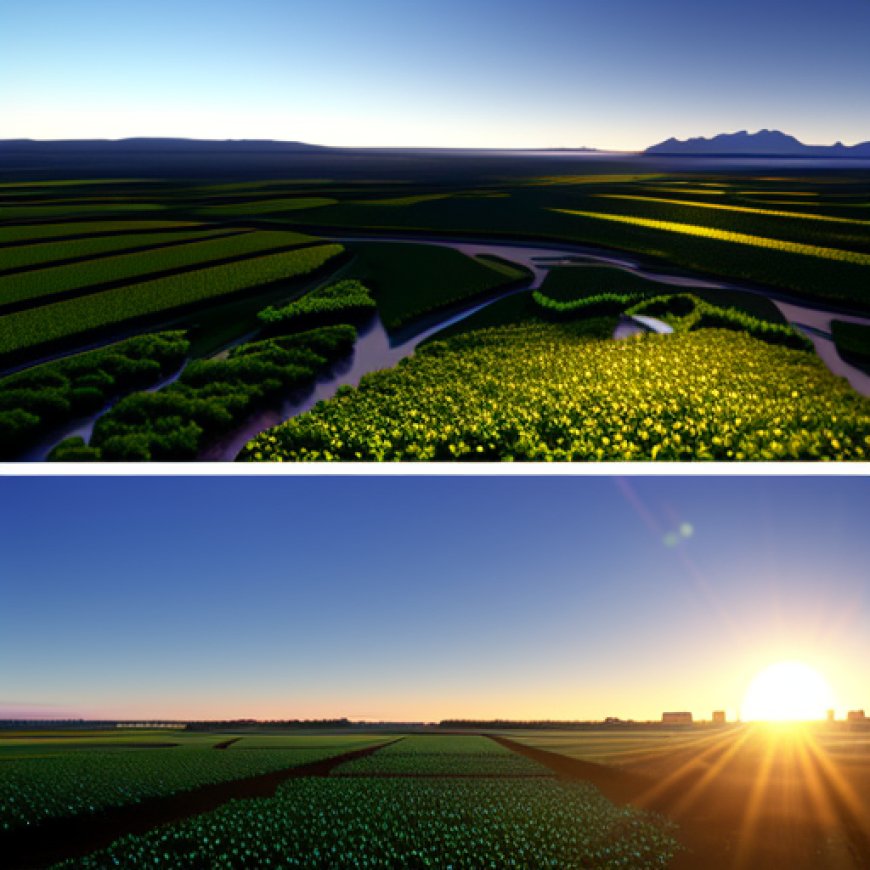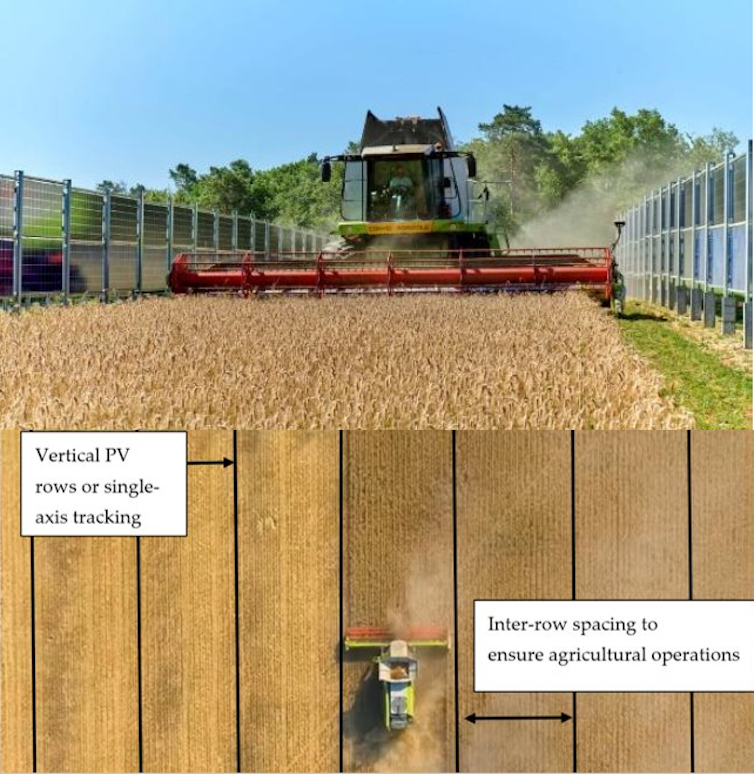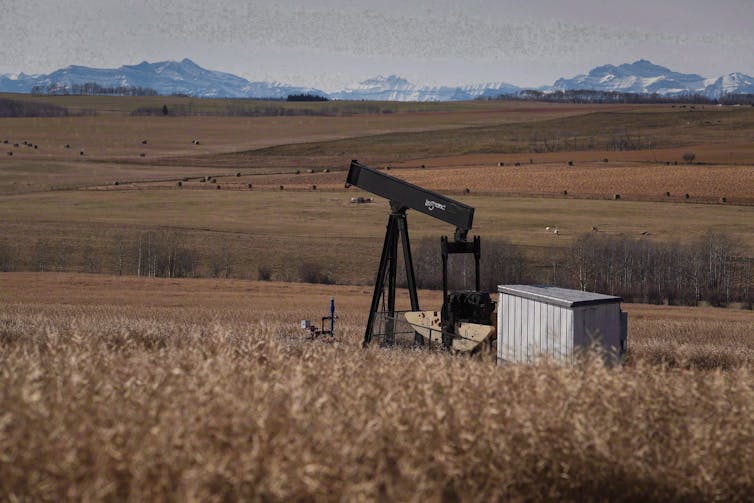Mixed-use solar and agricultural land is the silver bullet Alberta’s Conservatives have wished for
Mixed-use solar and agricultural land is the silver bullet Alberta's ... The Conversation Indonesia


The Alberta Government’s Pause on Renewable Energy Development
The Alberta government recently announced a much-maligned seven-month pause on renewable (including solar) energy development in the province. While the exact reasons are up for debate, one specific factor has been the desire to investigate ways to make renewable energy, particularly solar, more integrated within the province over the long term.
Specifically, there is a real concern among some in the party and the general public that industrial solar will displace farming and raise food prices as well as create end-of-life problems with potentially abandoned equipment.
Luckily, we can have our cake and eat it too, with a new concept of agrivoltaics. Agrivoltaics is the simultaneous placement of food crops and solar photovoltaic systems that produce electricity directly from sunlight — while also producing a beneficial micro climate. Covering crops with solar panels may not seem intuitive, however, dozens of studies from all over the world have shown that many crop yields increase when they are partially shaded from solar panels.
This is good news for everyone, but especially for Alberta’s ruling Conservatives, as it provides a seemingly simple solution to a potentially complicated land-use debate between agriculture and energy generation within the province.
Alberta and Energy
Alberta’s energy portfolio is changing rapidly. Low-cost solar energy is now growing so fast as to be a “gold rush” in Alberta.
In fact, much to Ontario’s shame, Alberta has taken on the leadership role in solar development in Canada, generating millions of solar dollars and creating thousands of solar jobs for Alberta’s energy workers.
Recent experiences with abandoned oil and gas equipment have left notable scars on the landscape and political discourse.
THE CANADIAN PRESS/Jeff McIntosh
Solar companies have grown so fast precisely because there is profit in offsetting costly fossil-fuel electricity. However, many in Alberta are worried that this new boom will lead to higher food costs, scarred landscapes, and a repeat of costs from cleaning up after the oil and gas industry.
This particular land-use conflict between solar and agriculture has been a concern for solar researchers like myself for some time. However, our research in the United States has shown that agrivoltaics provide higher economic productivity, energy, and food yields. So much so that the U.S. Department of Energy is now investing millions of dollars to ensure America’s dominance in the field.
Agrivoltaics in Canada
Agrivoltaics is happening right here in Canada already (mostly with sheep grazing between panels on marginal land). Last year, we held the first agrivoltaics conference anywhere in North America at the Ivey Business School.
The trade group made up of farmers and solar companies called Agrivoltaics Canada has formed because agrivoltaic farming can help meet Canada’s food and energy needs all the while getting rid of our fossil fuel reliance and greenhouse gas emissions (and the associated emissions liabilities).
Join us, as fellow seekers of change, on a transformative journey at https://sdgtalks.ai/welcome, where you can become a member and actively contribute to shaping a brighter future.
 theconversation.com
theconversation.com









